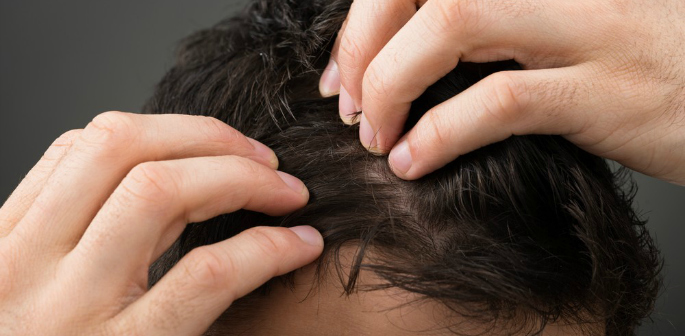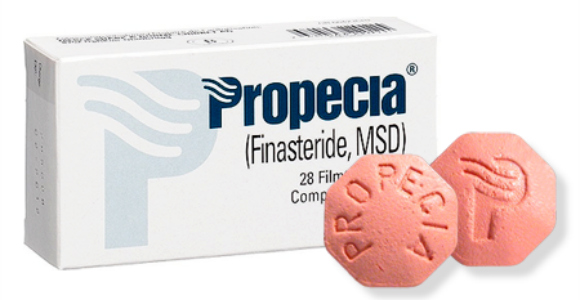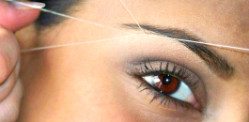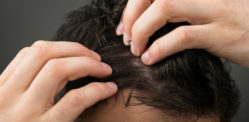Rogaine has been around since 1988 to treat hair loss and is available over the counter.
About one quarter of all men begin to go bald by the time they’re hitting 30, and about two-thirds are either bald or have thinning hair by the age of 60.
While Asian men are less likely to lose hair when compared to Caucasian men, hair loss is a natural process that all men will experience as they age.
In the past, men who experienced hair loss early on were forced to cover bald spots with toupees or comb-overs, or sometimes by covering the head completely.
Medical science now serves up a number of options that can reverse or counter hair loss.
There are drugs that promote hair growth and transplant technologies that enable doctors to recreate a full head of hair.
DESIblitz explores the various methods then men can explore if they are experiencing these problems.
1. Medications
Currently there are two drugs on the market that have been approved by the FDA (Food and Drug Administration) to treat hair loss in men.
The drugs are called Rogaine (minoxidil) and Propecia (finasteride).
Rogaine:
Rogaine has been around since 1988 to treat hair loss and is available over the counter.
A liquid solution is applied directly to the balding areas of the scalp twice a day.
Rogaine delays the process of hair loss for many men, and prompts new hair growth in some.
Exceeding the recommended dosage doesn’t promote faster hair growth and can cause side effects.
On the positive side, hair loss will recur at its earlier pace if you decrease the dosage or halt application altogether. Rogaine is to be used for 4 to 12 months before you’ll see any effect.
Umar, a medicine student explains the risks of this drug: “Rogaine may cause scalp itching, dryness, scaling, flaking, irritation, or burning. If those symptoms are severe or don’t go away over time, immediately consult your doctor doctor.”
Also contact your local GP if you experience weight gain, swelling, difficulty breathing, rapid heart beat, chest pain, or lightheadedness.
Propecia:
Propecia first came into circulation in 1997. It is primarily used to treat male pattern baldness, and can be taken as a pill. Health experts believe it is a far more effective drug than Rogaine.
The drug blocks the production of dihydrotestosterone (DHT) in men. This is a byproduct of testosterone, and causes hair follicles to shrink, so that they stop growing.
While it can help slow down the process of hair loss in the same way that Rogaine does, it cannot stop it completely.
Health experts admit that it usually takes up to three months for any benefits to appear, and works only as long as you keep taking the drug.
Umar, a medicine students says: “There are some potentially serious side effects, however. Propecia can cause impotence, decreased sexual desire, and pain in the testicles.”
Immediately consult your doctor if these side effects don’t go away, or if you develop a rash, itching, hives, or swelling around your lips or face.
2. Transplant Surgery
Hair transplant surgery, also commonly referred to as getting hair plugs, involves taking hair from healthy donor sites elsewhere on the scalp and transplanting it to area where there is no hair.
The transplanted hair will take root in the new location and grow naturally.
The surgery involves:
- Removing sections of hair-bearing scalp from donor sites at the back and sides of the head.
- Repairing the donor sites — the very narrow scars will typically be hidden by your hair.
- Dividing the donor sections into grafts and transplanting them on bald spots.
Majid, a human biology students says: “The healing process can long and will take time. The transplanted hair is expected to fall out within a month after the surgery.
It should then start to grow back naturally, usually in another two months, at its normal rate, and should look very natural within six months.”
Scientists are also studying the possibility of using leg hair follicles for transplants, but is still in testing phases and is not widely available to the public.
There are other methods of surgery that you can use to treat hair loss and baldness. They include:
- Scalp reduction: Surgeons can remove several inches of the bald skin skin area, and pull hair-bearing skin together. This should remove any signs of bald spots.
- Scalp extenders: Surgeons can place a device under the scalp which will stretch out hair-bearing areas of skin. This process is usually used alongside the scalp reduction technique.
Ahmed, a second year med student says: “Potential risks from doing any of these procedures include patchy hair growth, scarring or bleeding, graft rejection, or infection.”
Whilst most men would like to go for treatments with the quickest result, hair growing process is always time consuming.
If you’re losing your hair, there are steps you can take. Please consult with your doctor or local GP to decide the best approach for you.
































































